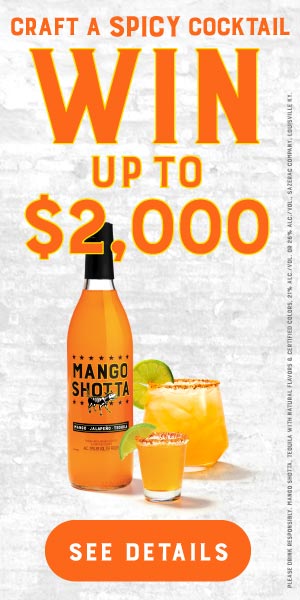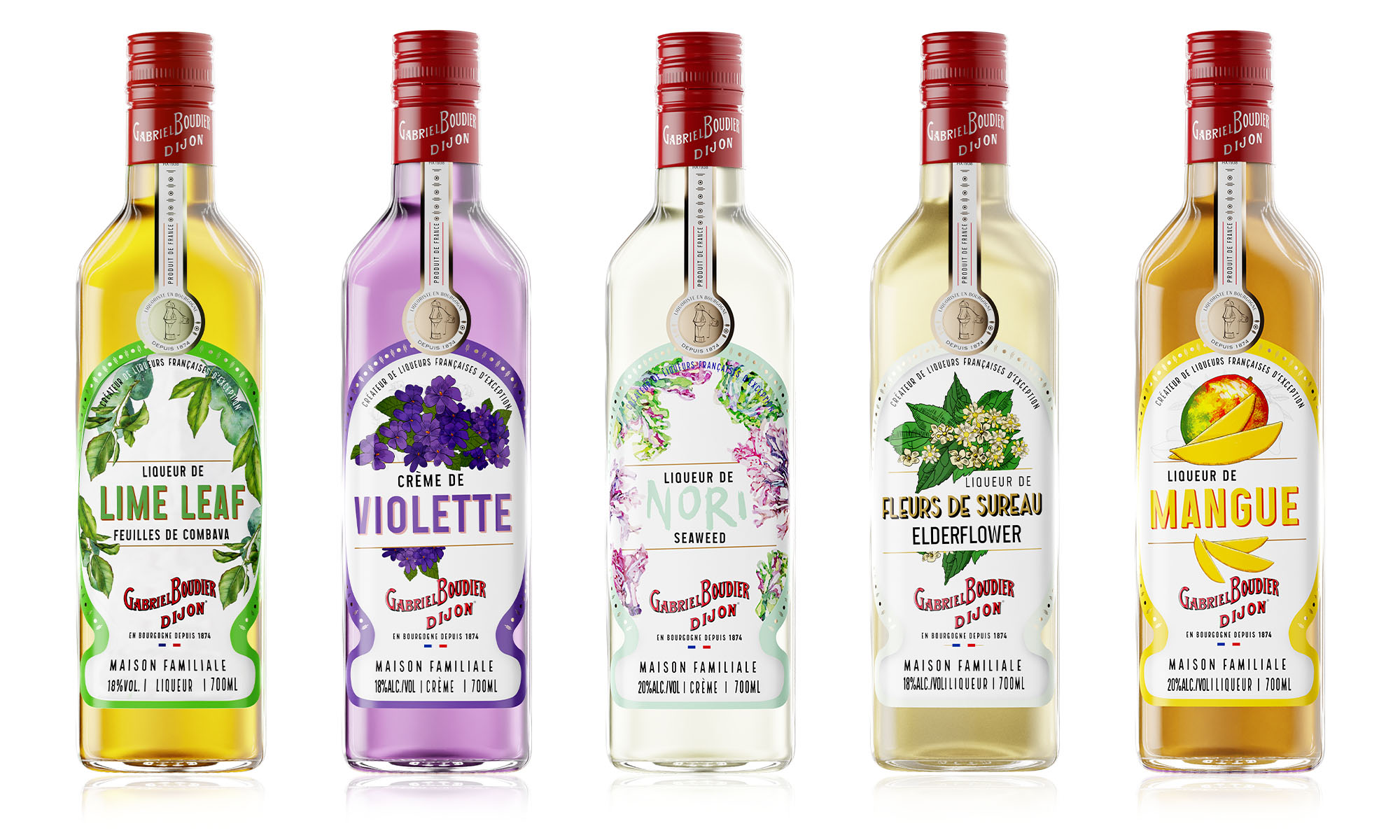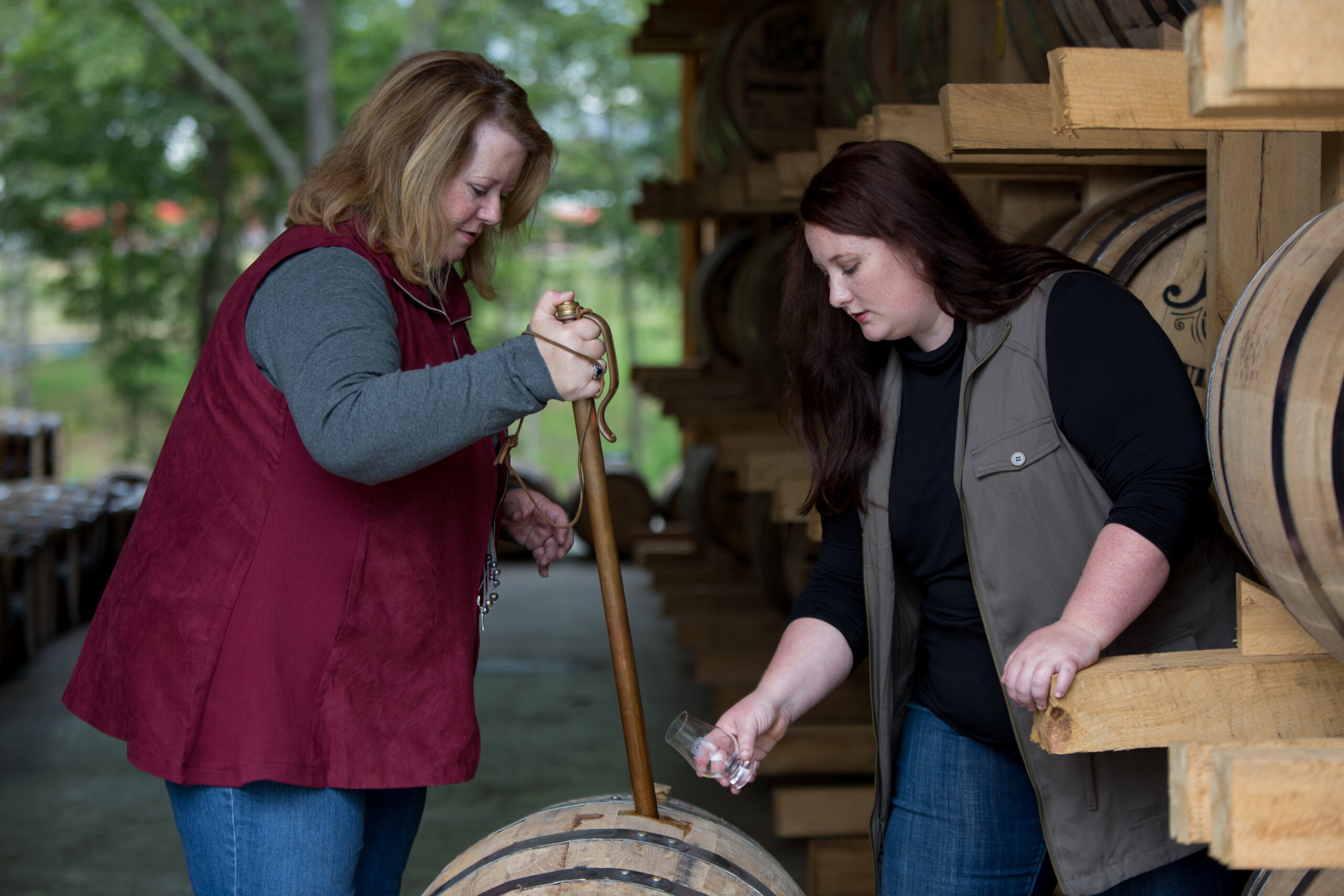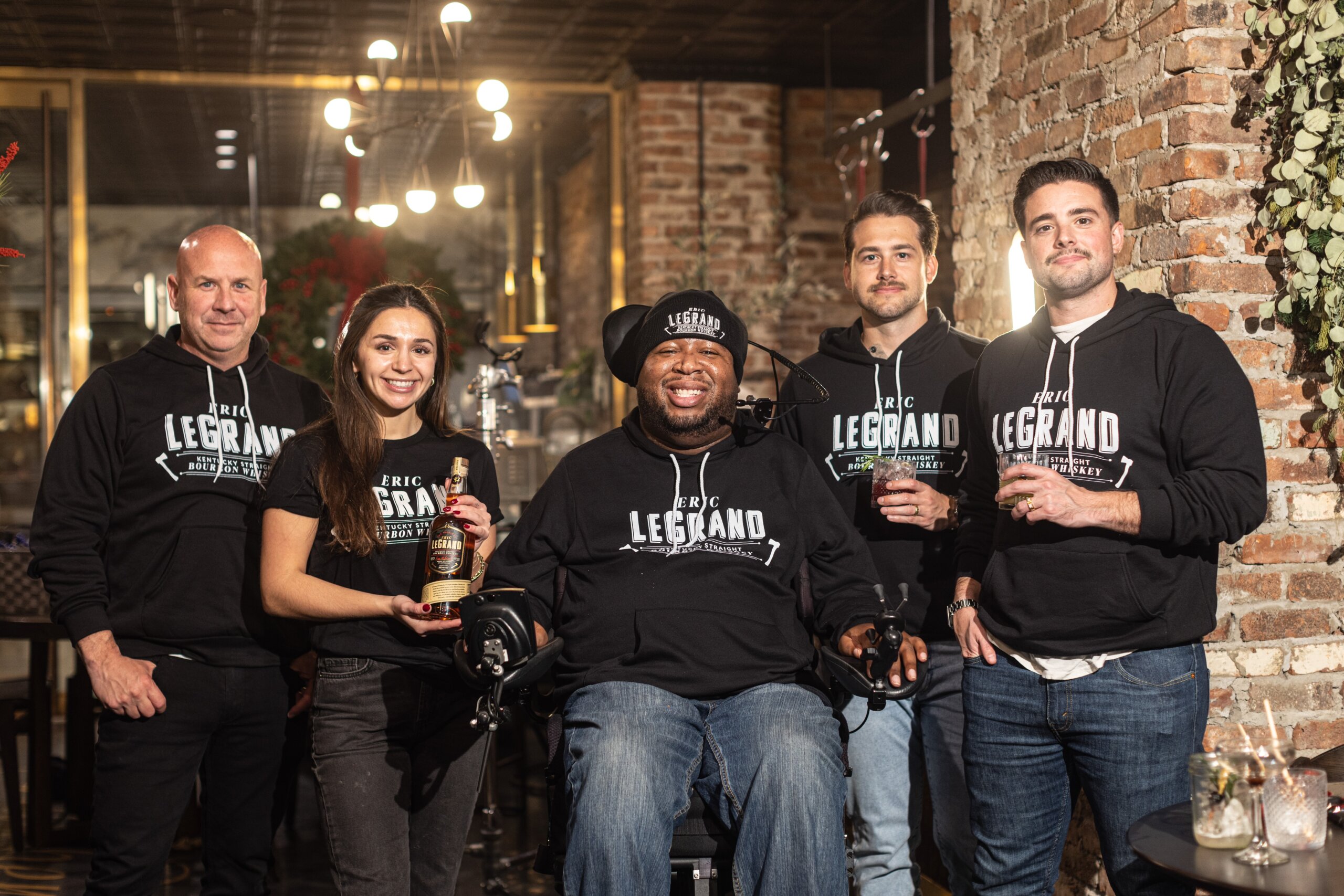Tasting Authenticity with Maestra Tequilera Ana María
By Chilled Magazine
The art of tasting tequila is like wine-tasting. With a background in wine, Ana María Romero wanted to share with the world the same aspects of tequila that she loved about wine.

Now as a Maestra Tequilera, Ana María Romero oversees the entire process of creating Mijenta Tequila, a sustainable artisanal tequila from the Highlands of Jalisco. She shares her story and her art of tasting tequila with Chilled.
Tell us a bit about how you got your start as a Maestra Tequilera.
My journey to Maestra Tequilera began with wine. I loved the aromatics and how a well-crafted wine reflects the terroir of the grapes, as well as the expertise of the winemaker. I was passionate about bringing the complexity of wine to Spanish-speaking audiences. But tequila, at its heart, embodies Mexico and its history. As I became more immersed in the story of tequila, I wanted to share with the world the same aspects of the spirit that I love about wine.
For instance, early in my career, I dedicated myself to researching tequila’s aromas and tasting notes. As part of this work, I visited a wide range of tequila houses to catalog and document all the subtle variations between styles, including flavor notes and textures. Ultimately, I identified 600 unique scents in tequila and mapped them onto an aroma wheel, which has since been adopted across the industry.
Becoming a Maestra Tequilera allowed me to share this vital piece of Mexico with the world. What I find most exciting is changing people’s perceptions of tequila, what tequila can be and what authentic tequila is.

How has all your research helped you when it comes to making Mijenta tequila?
Creating the flavor of a tequila is like being a chef in the kitchen, and when I started to create my vision for Mijenta, I wanted to capture the highlands of Jalisco so that the tequila transports you the agave fields with their rich, red soil.
The agave plant is incredibly versatile, and every variable is important in shaping how a tequila ultimately tastes, from the quality of the agave itself, the terroir, the fermentation, the distillation process, the cooking temperature, and timing and, for aged tequilas, the types of barrels and duration that it rests.
In every expression of Mijenta—our Blanco, Reposado and Añejo—the first taste is of the agave. To create the tequila, we begin with the perfect agave plants, hand selected from the best plots, before slowly cooking them for many hours. We ferment the agave using our own special yeast that enhances the natural fruit characteristics before carefully distilling it to preserve all the flavors we’ve developed.
When we age our tequila, we don’t have a set time for how long it remains in the barrels. When the flavor is exactly right, that’s when it’s ready.
Tell us why sustainability is important to you.
For me, Mijenta is the quality of the tequila, the ethos of sustainability and our commitment to the community. All those things together make it a very special brand that I am extremely proud to be a part of.
Sustainability is about the future. Our goal is to act responsibly now so that we leave a better world for future generations. We have tried to be as innovative as we can, for instance by creating our labels from agave waste, using bottles made from recycled glass and constructing our boxes from 100% post-consumer recycled cardboard.
Similarly, to help ensure strong agave in the future, we ensure that 10% of the plants are with quiote, which allows greater genetic variation in the plants. In the future, our goal is to leave 20% of the agave with flowers.
Talk to us about the Art of Tasting Tequila. What is important to know?
Tasting tequila, like tasting wine, is about getting as much sensory experience as you can of the spirit. What you see, smell and taste will all tell you different things. The enjoyment is how these elements come together.
For me, I start visually, holding the tequila up to the light in a clear glass to really see the spirit. What I’m looking at is the color and viscosity, to see what the body is like.
Then, holding the glass at an angle to expose as much of the surface of the liquid as possible to the oxygen, I smell at the rim of the glass to see what different notes I can identify. If you move around the glass – the top, the bottom, each side – you can pick up on different scents. With Mijenta, the first note should always be cooked agave.
Then I take a small sip to coat the tongue, followed by a longer sip while I breathe through my nose to tease out the many different flavors the tequila presents.
When tasting well-made tequilas, this process is very rewarding because you can identify so many different flavor combinations.
What should people know about what makes Mijenta special?
I’m biased because I think everything about it is special! Of course, there is the quality of the agave, which is 100% Blue Weber agave, the terroir of the highlands of Jalisco, the way we slowly cook the agave, and our careful distillation process.
But one thing I would mention is that Mijenta never uses any additives, unlike many other producers – even big-name tequilas.
To me, using additives defeats the purpose of tequila, which is to taste the agave. Why go through the whole process just to change the color, smell, taste, and body with additives?
In truth, using additives is a shortcut. As I said, our tequila is done when it’s done. But other producers want it to be ready at a certain time with a certain flavor. But it may not be ready yet. Or they may not have used the quality ingredients or the right process to achieve the results they wanted. That’s why they use additives.
But I think they are doing consumers a disservice. As tequila continues to grow in popularity, one thing that I hope happens is that consumers seek out the true flavor of agave.









